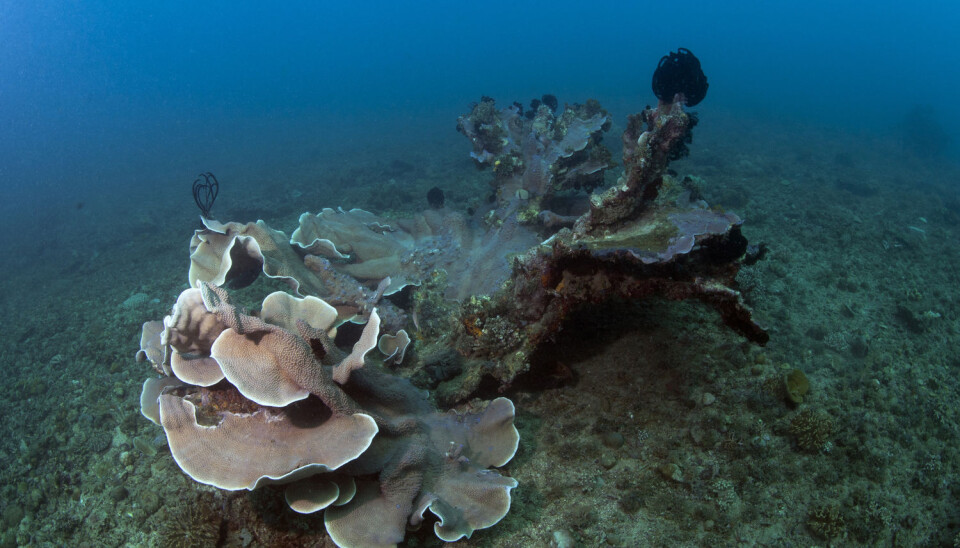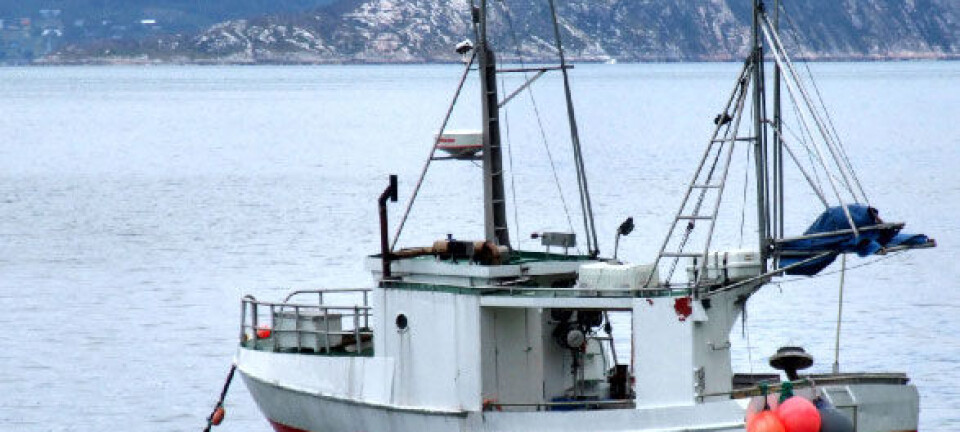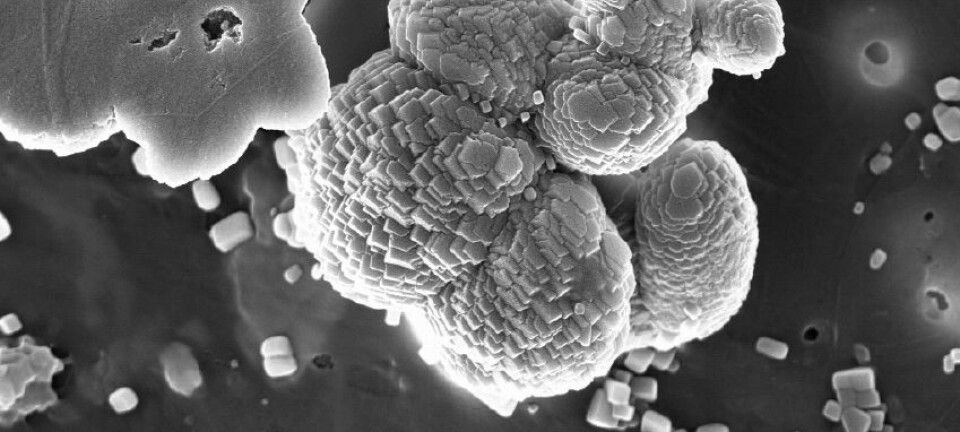An article from NIVA - Norwegian Institute for Water Research

Satellite images reveal ocean acidification from space
Techniques that use satellites to monitor ocean acidification are set to revolutionize the way that marine biologists and climate scientists study the ocean.
Denne artikkelen er over ti år gammel og kan inneholde utdatert informasjon.
Each year more than a quarter of global CO2 emissions from burning fossil fuels and cement production are taken up by the Earth’s oceans. This process turns the seawater more acidic, making it more difficult for some marine life to live.
Rising CO2 emissions, and the increasing acidity of seawater over the next century, has the potential to devastate some marine ecosystems, a food resource on which we rely, and so careful monitoring of changes in ocean acidity is crucial.
International co-operation
Researchers at the University of Exeter, Plymouth Marine Laboratory, Institut français de recherche pour l'exploitation de la mer (Ifremer), the European Space Agency and a team of international collaborators are developing new methods that allow them to monitor the acidity of the oceans from space.
This new approach, published in the journal Environmental Science and Technology, offers remote monitoring of large swathes of inaccessible ocean from satellites that orbit the Earth some 700 km above our heads.
Temperature and salinity
"Satellites are likely to become increasingly important for monitoring ocean acidification, especially in remote waters. We are pioneering this data fusion approach so that we can observe large areas of Earth’s oceans, allowing us to quickly and easily identify those areas most at risk from increasing acidification," says Jamie Shutler from the University of Exeter, who is leading the research.
The new techniques use satellite mounted thermal cameras to measure ocean temperature while microwave sensors measure the salinity. Together these measurements can be used to assess ocean acidification more quickly and over much larger areas than has been possible before.
Huge advance
Richard Bellerby, head of ocean acidification research at the Norwegian Institute for Water Research (NIVA) and coordinator of the ocean acidification working group in the Arctic monitoring assessment programme (AMAP), lead the papers focus on Polar Regions.
"This approach of using remote measurements to assess global ocean acidification is a huge advance in our, traditionally constrained, observational capacity. Once proven, these proxy methods will allow geographical and seasonal coverage not presently possible from shipboard observations," says Bellerby.
The dawning of the age of Aquarius
A number of existing satellites can be used for the task; these include the European Space Agency’s Soil Moisture and Ocean Salinity (SMOS) sensor that was launched in 2009 and NASA’s Aquarius satellite that was launched in 2011.
The development of the technology and the importance of monitoring ocean acidification are likely to support the development of further satellite sensors in the coming years.
































